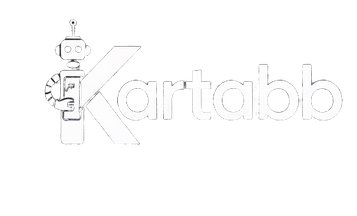Introduction
The internet is evolving, and Web3 is at the forefront of this transformation. Unlike traditional web development, which relies on centralized servers and third-party services, Web3 leverages blockchain technology, smart contracts, and decentralized networks to create a more secure and user-controlled digital experience. This guide explores how Web3 is reshaping web development and what developers need to know to stay ahead.
What is Web3?
Web3, also known as the decentralized web, is the next generation of the internet that integrates blockchain, cryptographic security, and decentralized applications (dApps). Unlike Web2, where data is controlled by centralized authorities like Google and Facebook, Web3 prioritizes decentralization, transparency, and user ownership.
Key Features of Web3
- Decentralization: No single entity controls the network; data is distributed across nodes.
- Blockchain Technology: Ensures transparency and immutability of transactions.
- Smart Contracts: Self-executing contracts written in code that automate transactions.
- Cryptocurrency Payments: Enables transactions using tokens like Ethereum and Solana.
- Enhanced Security & Privacy: Users have more control over their data and identities.
How Web3 is Changing Web Development
1. Decentralized Applications (dApps)
Web3 has introduced dApps, which operate on blockchain networks rather than centralized servers. Developers use smart contracts on platforms like Ethereum to build these applications.
2. Smart Contracts for Automation
Smart contracts enable automation in Web3 development, removing the need for intermediaries in transactions. Popular languages for smart contracts include:
- Solidity (Ethereum-based development)
- Rust (Solana blockchain)
3. Token-Based Economies
Web3 development integrates cryptocurrencies and tokens, allowing users to participate in digital economies through NFTs, DeFi (Decentralized Finance), and DAOs (Decentralized Autonomous Organizations).
4. Enhanced User Privacy & Ownership
Web3 shifts control back to users by utilizing decentralized identity systems and encrypted data storage, reducing reliance on third parties.
Essential Tools for Web3 Developers
To build Web3 applications, developers need the right tools and frameworks, including:
- Blockchain Platforms: Ethereum, Solana, Polkadot
- Smart Contract Languages: Solidity, Rust
- Development Frameworks: Hardhat, Truffle
- Storage Solutions: IPFS (InterPlanetary File System), Arweave
- Wallets & Authentication: MetaMask, WalletConnect
Challenges of Web3 Development
Despite its potential, Web3 development comes with challenges:
- Scalability Issues: Many blockchain networks face transaction speed limitations.
- User Experience (UX): Web3 applications can be complex for non-technical users.
- Security Risks: Smart contracts are vulnerable to hacks if not coded securely.
- Regulatory Uncertainty: Governments are still figuring out how to regulate blockchain technologies.
Future of Web3 Development
As blockchain technology evolves, Web3 will continue to shape the future of web development. With advancements in scalability solutions like Layer 2 networks and improved developer tooling, Web3 is expected to become more mainstream in the coming years.
Conclusion
Web3 is revolutionizing web development by introducing decentralization, blockchain-based security, and tokenized ecosystems. Developers who embrace Web3 technologies can build the next generation of secure, transparent, and user-controlled applications. If you’re a developer looking to stay ahead in the industry, now is the time to start learning and experimenting with Web3 tools.

